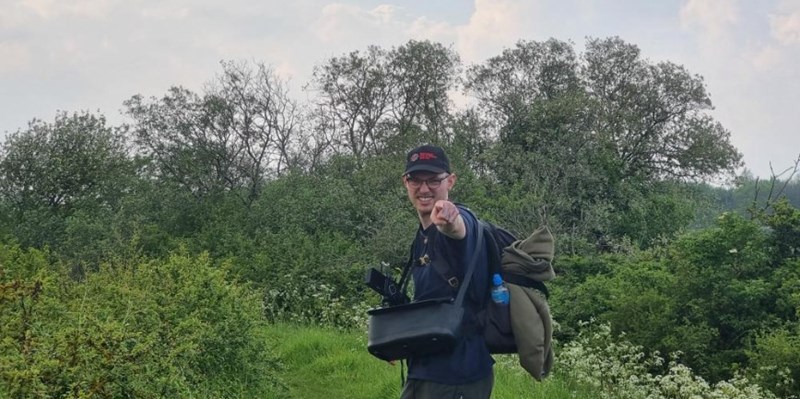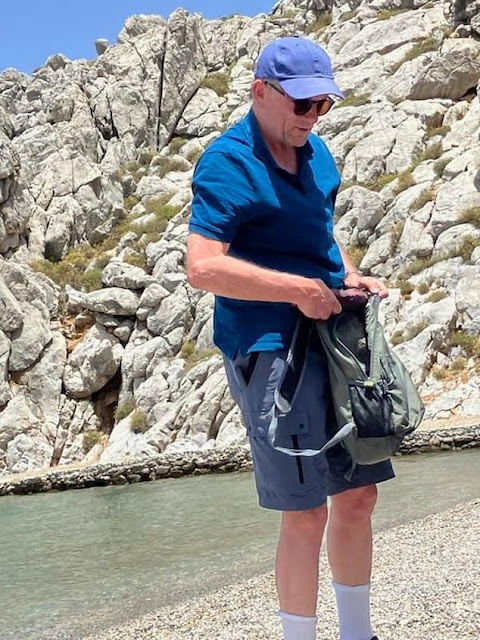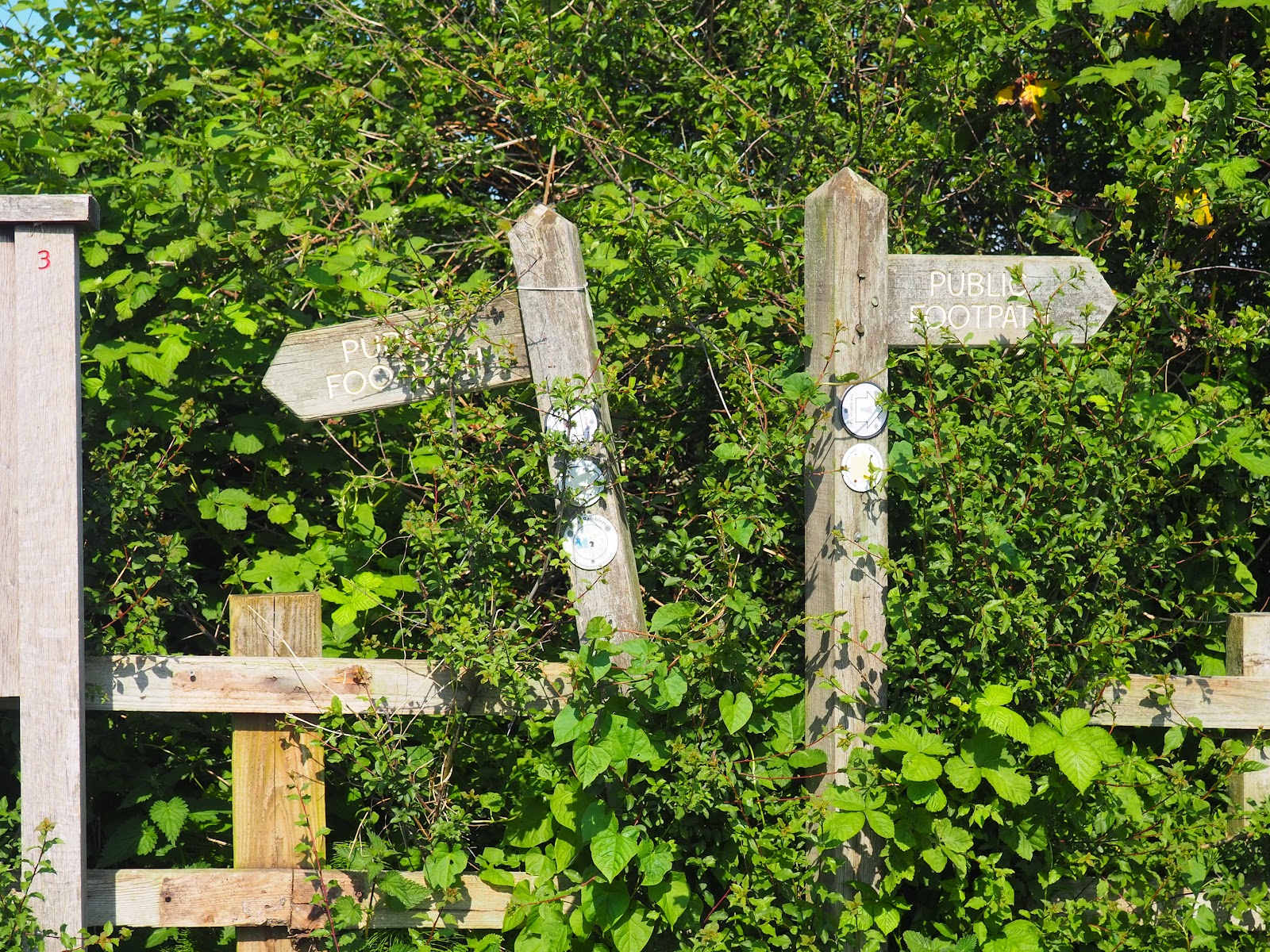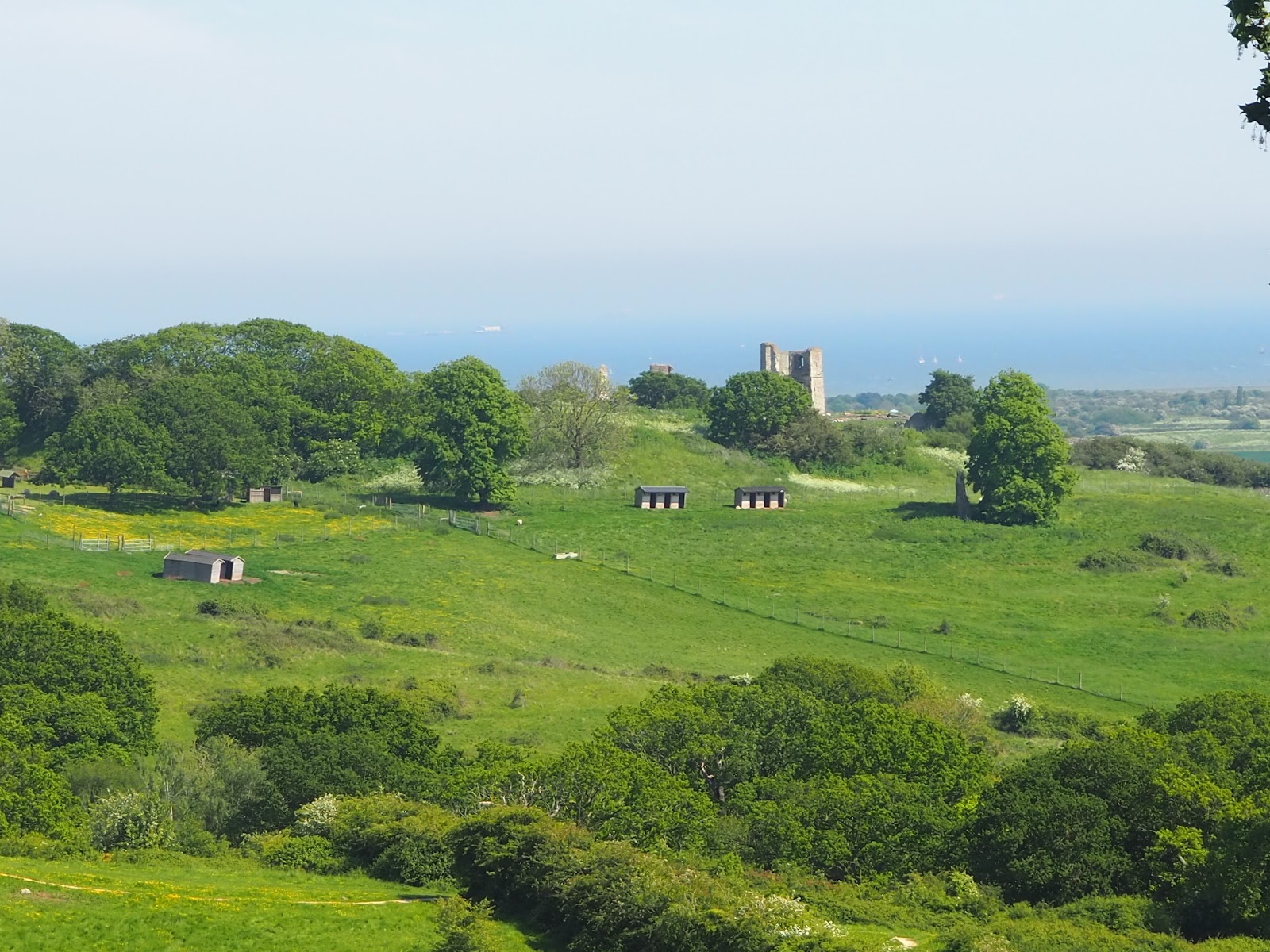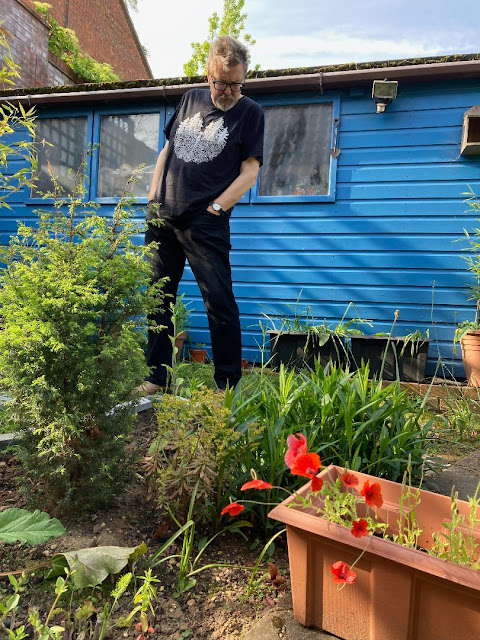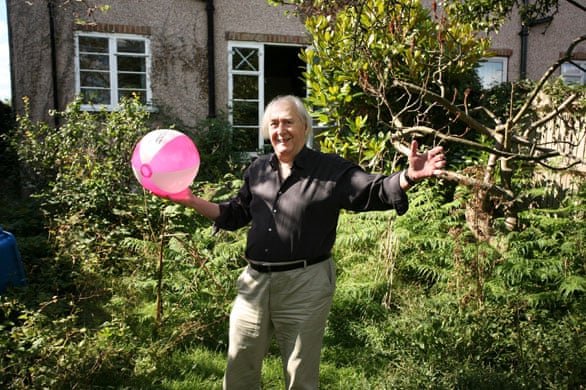Over the weekend I was thinking about two very different walkers, the first a lesser known character name of Konstantin Schoen, a fireman from Manningtree in Essex who’s in the middle of doing a 400 mile walk around all the fire stations of Essex – there are 51 of them, apparently - raising money for Fire Fighters Charity.
He looks like a nice lad, though with a slightly unusual biography. He’s only 26, he comes from Hessen in Germany, and moved to London in 2017 then to Manningtree in 2023. There can’t be many young Germans who do that.
He was quoted in the Gazette News as saying ‘the only challenge I’ve had so far has been predicting what the weather is going to be like,’ and also that he’s been ‘knee deep in mud and water.’ Well yes, welcome to Essex, and good for you Konstantin, but you know there are worse walking problems, as poor Dr Michael Mosley found out.
I only knew Michael Mosley as the host of the radio programme ‘Just One Thing’ which at one level proposes an incredibly attractive idea,that we could all improve our lives and health by making just one small adjustment. However, since the show ran to a hundred and some episodes it sounded as though he really wanted us to change just about everything.
A few of these adjustments did in fact involve walking and/or changing the way we walked. One suggestion was that you could burn more calories and boost your heart health by walking with Nordic poles, another advised walking backwards, another recommended going out for a walk after rainfall, another said go for a walk early in the morning. Well OK, sure, but …
And then Michael Mosley went missing, having set off on a walk from Agios Nikolaos beach (spellings vary) heading for the port of Symi on the Greek island of the same name, although apparently he intended to take a bus part of the way.
However, a) he’d told his friends he wasn’t feeling well, b) the temperature was around 100 degrees F, and c) he got lost. This map may explain some of it:
As is now well known, he went missing and after a five day search he was found dead just yards away from the probable safety of the Agia Marina Resort. The autopsy concluded that he collapsed and died of heat stroke and exhaustion some two and a half hours after he’d set off.
I think most of us who are even vaguely serious about walking sometimes feel unexpectedly exhausted when in mid-walk, and it does cross our minds that we might collapse and die in media res. There are worse ways to go, I suppose if you're a walker. But when you’re on a holiday island only yards from a bar, where presumably somebody might know first aid, well that just doesn’t seem right or fair, does it? Poor Michael Mosley. Poor Michael Mosley’s family. Some things, we know, are unchangeable.


